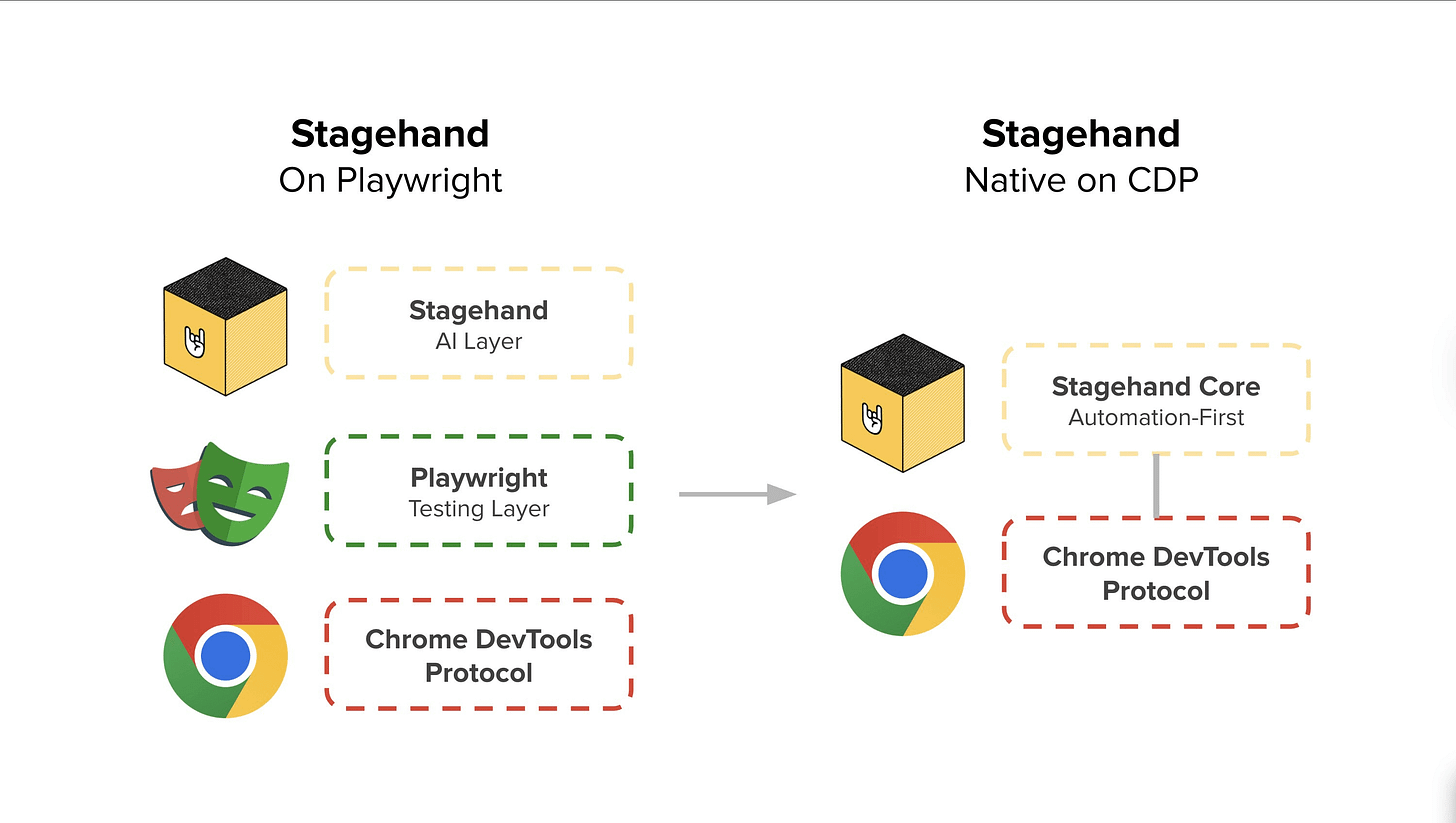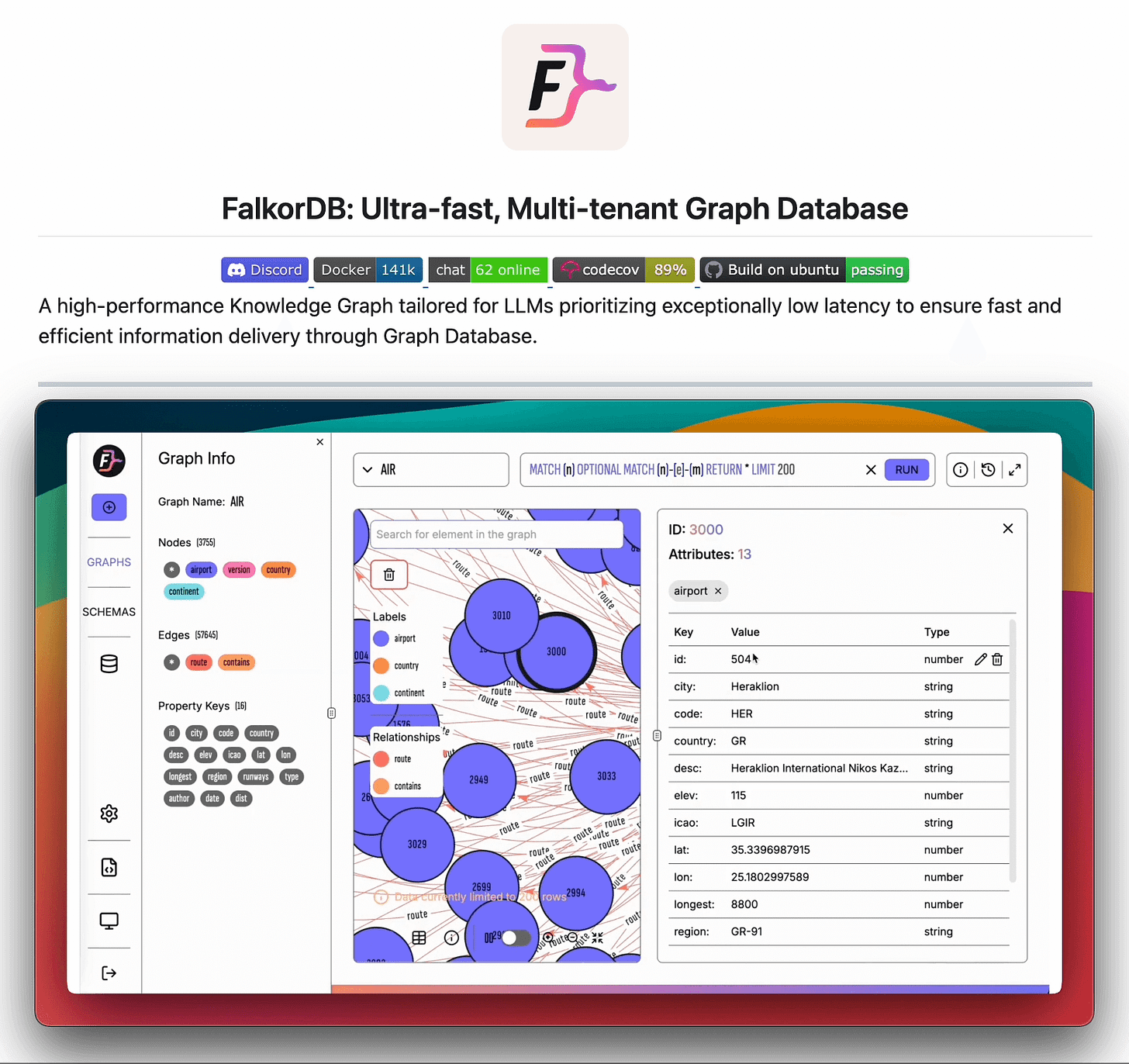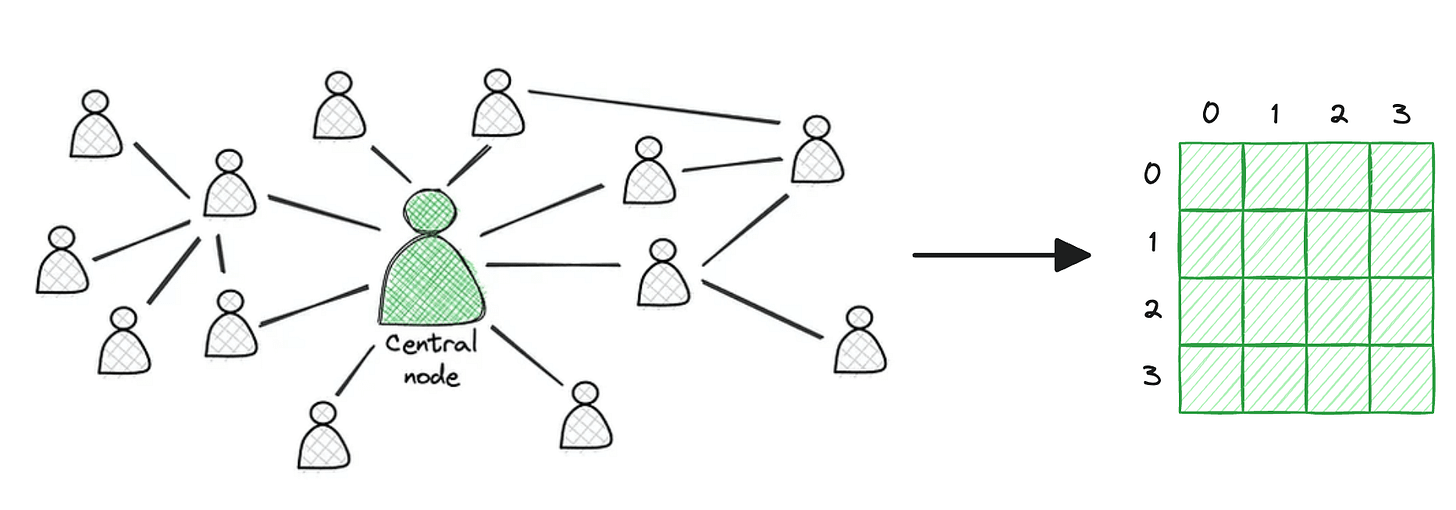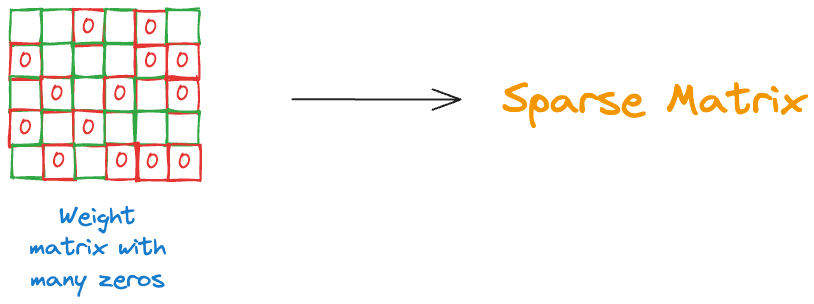Graph Databases Got a Massive Upgrade!
100% open-source.
Stagehand v3 is here, and it’s insanely fast!
Browserbase just launched Stagehand v3, the best browser automation framework.
It’s 44% faster on average, works with Puppeteer and Playwright, and handles the gnarly stuff like iframes and shadow DOMs.
“Our workflows are noticeably snappier, and detailed observability helps us optimize caching to save on model costs.” - Steve Austin from Benny
Try it out yourself: npx create-browser-app
Thanks to Browserbase for partnering today!
Graph Databases got a massive upgrade!
Microsoft. Google. AWS.
Everyone’s trying to solve the same problem for AI Agents:
How to build knowledge graphs that are fast enough for real-time LLM apps?
FalkorDB is an open-source graph database that solves this by reimagining how graphs work. It uses sparse matrices and linear algebra instead of traditional traversal!
Let’s understand what makes them so fast:
Traditional graph databases store relationships as linked nodes and traverse them one hop at a time.
But there’s a problem:
When you query for connections, the database walks through nodes and edges like following a map. For massive knowledge graphs powering AI agents, this creates a serious bottleneck.
But what if you could represent the entire graph as a mathematical structure?
This is where sparse matrices come in.
A sparse matrix stores only the connections that exist, which does not waste space by storing any unnecessary data, and only stores the relationships that matter.
And here’s the breakthrough:
Once your graph is a sparse matrix, you can query it using linear algebra instead of traversal. Your queries become mathematical operations, not step-by-step walks through nodes.
This gives you much faster traversal.
Plus, sparse matrices make storage incredibly efficient. You’re only storing what exists, which means you can fit massive knowledge graphs in memory without burning through resources.
So, why not just stick to Vector Search?
Vector search is fast, but it only captures naive similarity. They find patterns, but miss the structure.
Graphs capture the nuanced relationships between entities. This ensures the context retrieved for your Agent is highly accurate and relevant, not just “similar.”
With FalkorDB specifically, you get:
Ultra-fast, Multi-tenant Graph Database
Efficient storage using sparse matrix representation
Compatible with OpenCypher (same query language as Neo4j)
Built specifically for LLM applications and agent memory
Runs on Redis for easy deployment
You can get started with just one Docker command. We tested it with their Python client, and the performance difference is immediately noticeable.
We’ll share more learning in a hands-on demo soon.
If you’re building AI agents that need real-time access to connected information, check out the GitHub repo →
Everything is 100% open-source, so you can see the full implementation on GitHub and try it out yourself.
👉 Over to you: What are some other challenges with traditional graph databases?
Thanks for reading!








The focus on browser automation performace improvements is timely. A 44% speed increase is substancial when you're running lots of automated tests. The mention of handling iframes and shadow DOMs better addresses real pain points developers face.